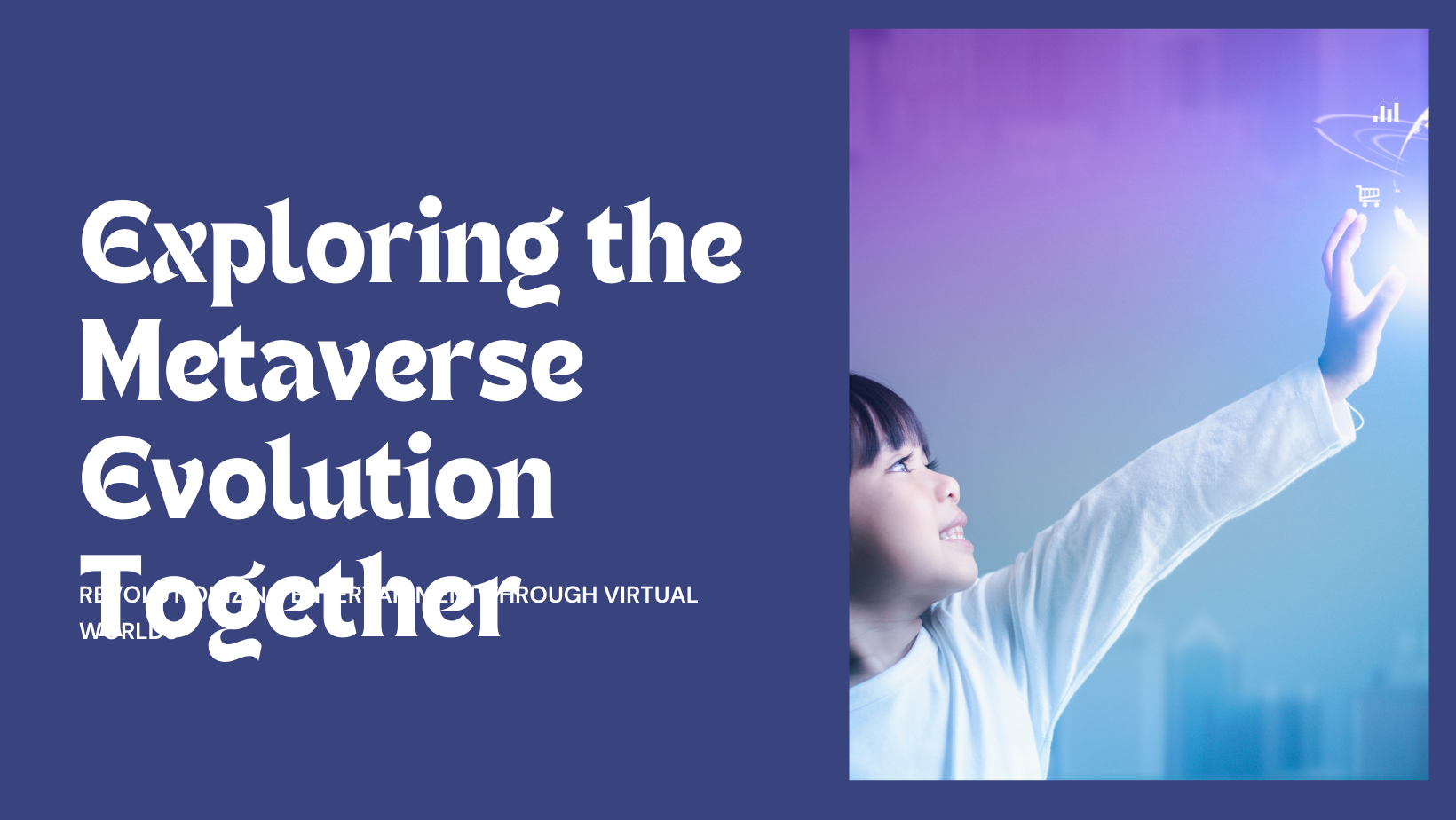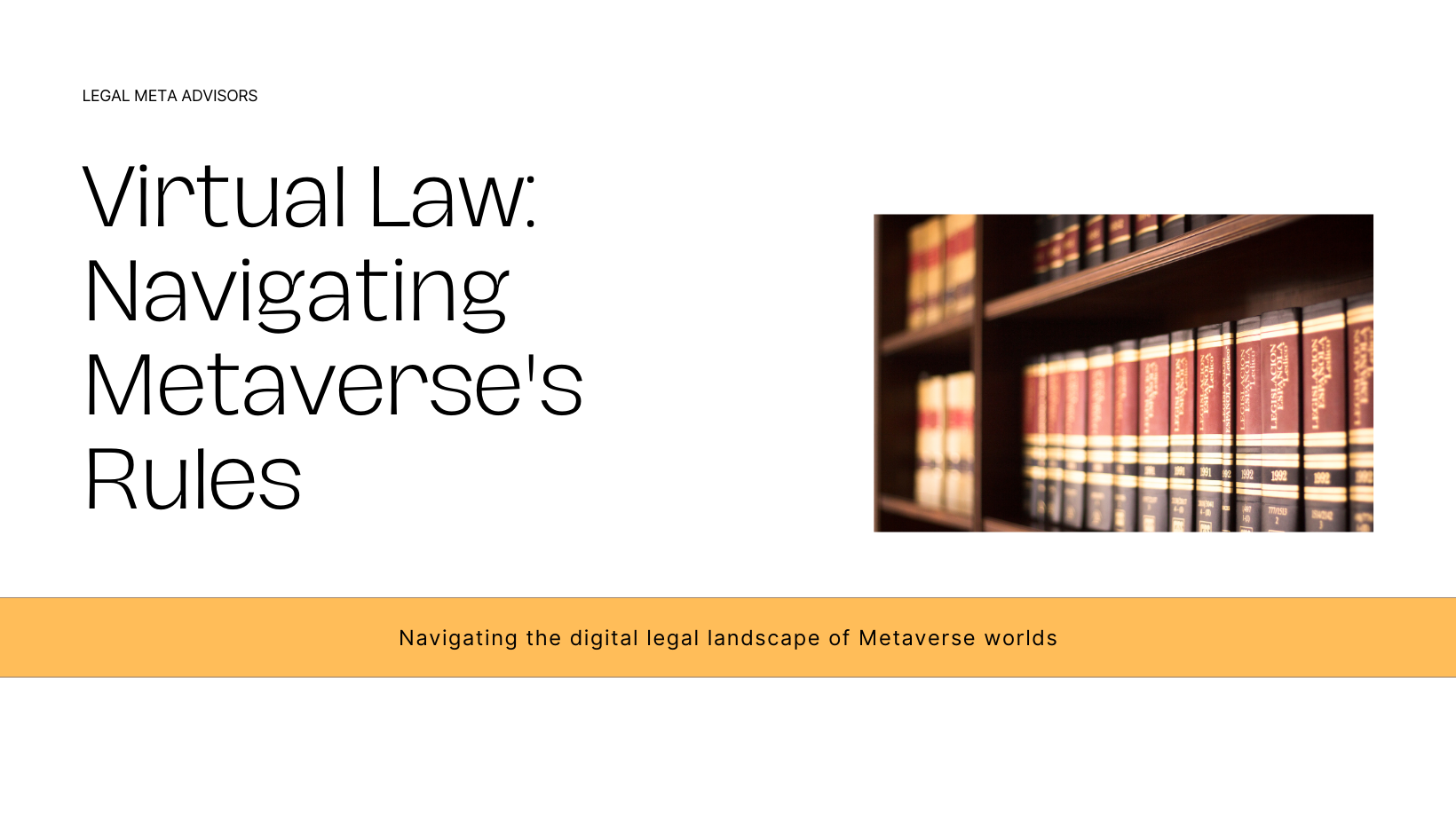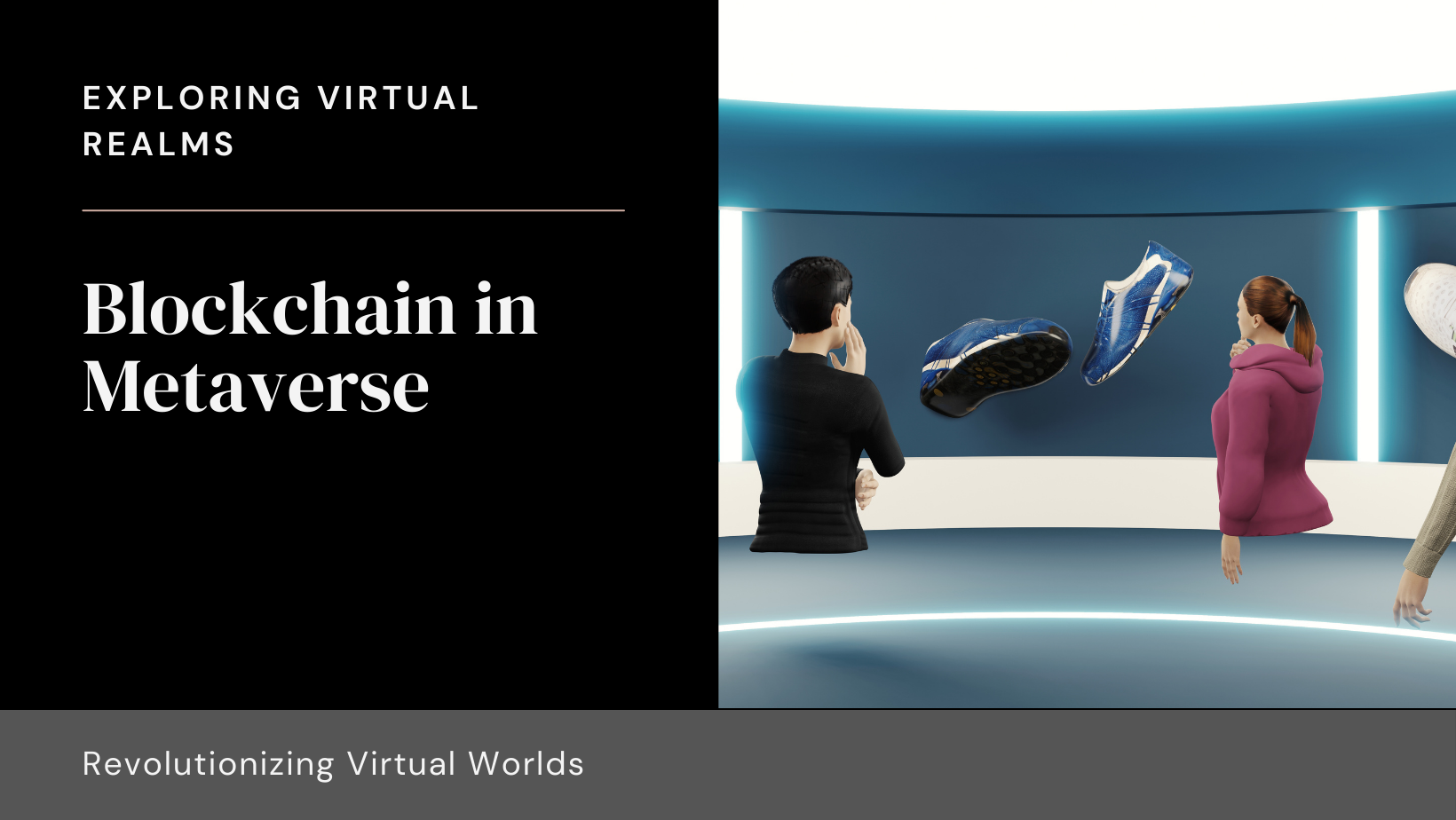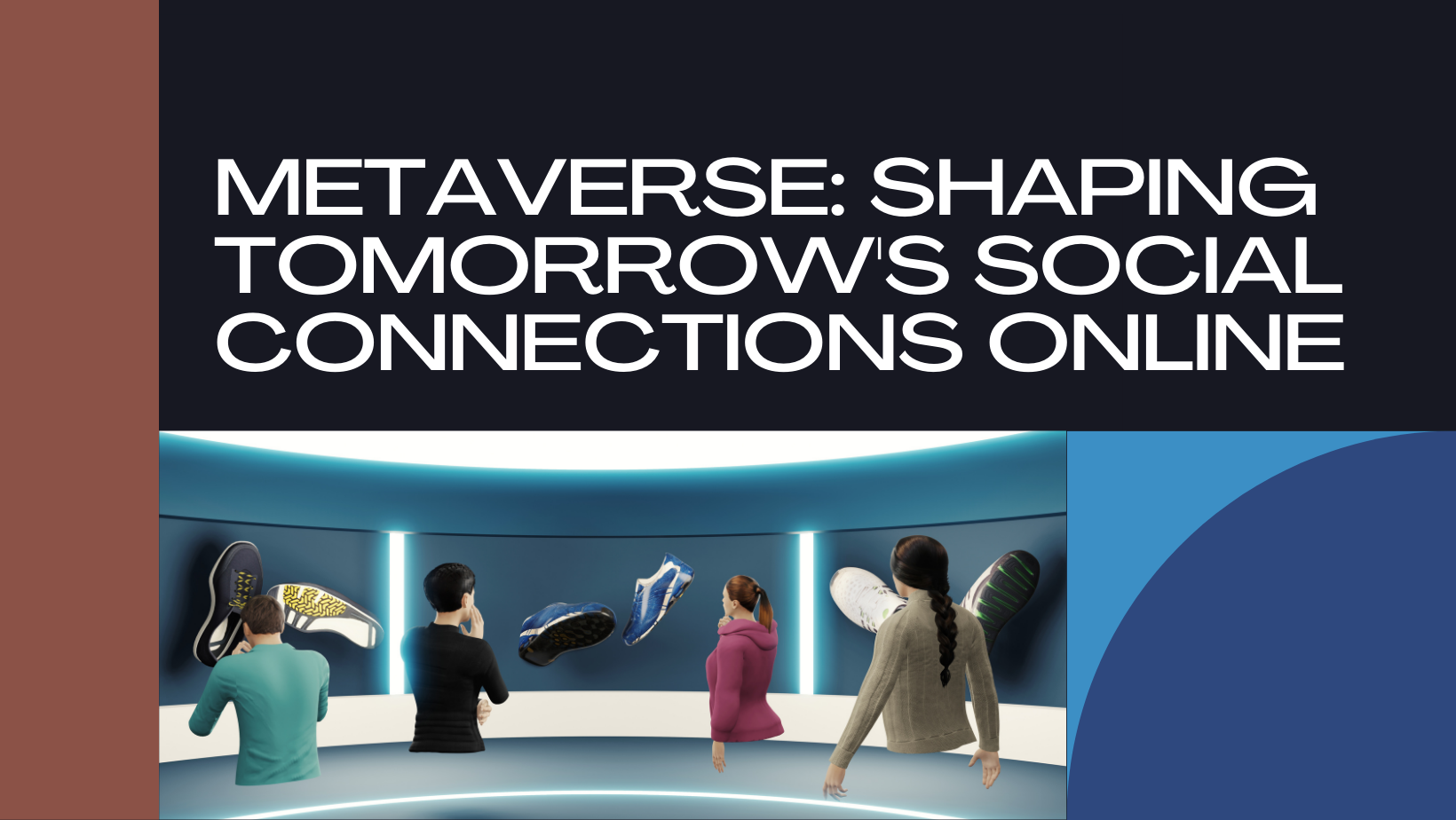The Metaverse, a collective virtual shared space created by the convergence of virtually enhanced physical reality and physically persistent virtual space, has evolved from a futuristic concept to a tangible, transformative platform. As companies and developers race to create immersive, interactive Metaverse experiences, one critical question looms large: How do you attract users to your Metaverse platform? In this blog, we’ll explore strategies and best practices to captivate and retain users in the Metaverse, ensuring your platform thrives in this burgeoning digital frontier.
Understanding the Metaverse User
Before diving into strategies, it’s essential to understand who your potential Metaverse users are. They typically fall into the following categories:
- Gamers: Individuals who are already comfortable in virtual environments and seek novel gaming experiences.
- Social Enthusiasts: Users looking for new ways to connect, socialize, and build communities.
- Professionals: Those interested in virtual workspaces, training, and collaborative tools.
- Creators and Artists: Innovators who wish to create and showcase digital art, experiences, or virtual goods.
- Investors and Traders: Individuals drawn to the economic opportunities within the Metaverse, such as virtual real estate and NFTs.
Understanding these user groups will help you tailor your platform’s features and marketing strategies to meet their needs and interests.
Creating a Compelling User Experience
- Immersive and Interactive Environment
- Realism and Quality: High-quality graphics and realistic environments enhance user immersion. Leverage cutting-edge technology to create visually stunning and lifelike virtual spaces.
- Interactivity: Enable users to interact with the environment and each other in meaningful ways. This could include realistic avatars, interactive objects, and sophisticated AI-driven characters.
- User-Friendly Interface
- Intuitive Design: A complex interface can deter users. Ensure your platform is easy to navigate with clear instructions and user-friendly controls.
- Accessibility: Make your Metaverse accessible to people with different abilities. This includes providing options for various input methods, such as VR headsets, keyboards, and controllers.
- Personalization and Customization
- Avatars and Virtual Spaces: Allow users to customize their avatars and personal spaces. This fosters a sense of ownership and individuality.
- Content and Experience: Offer personalized content and experiences based on user preferences and behavior.
Engaging Content and Activities
- Diverse Content Offerings
- Games and Challenges: Integrate a variety of games and challenges to keep users engaged. This can range from casual games to complex multiplayer experiences.
- Events and Gatherings: Host virtual events, concerts, and social gatherings. Collaborate with popular artists, influencers, and brands to attract their fanbase.
- Educational and Professional Opportunities
- Virtual Learning: Offer educational content and virtual classrooms. Partner with educational institutions and professionals to provide courses and training programs.
- Virtual Workspaces: Create virtual offices and meeting spaces. Provide tools for collaboration, project management, and virtual conferencing.
- Creator Tools
- Content Creation: Equip users with tools to create and share their content. This can include building virtual worlds, designing virtual goods, and developing custom experiences.
- Monetization: Enable creators to monetize their content through sales, subscriptions, or virtual currency. This can incentivize creativity and attract professional developers.
Leveraging Technology
- Blockchain and NFTs
- Digital Ownership: Utilize blockchain technology to offer true ownership of digital assets. This can include virtual real estate, in-game items, and collectibles.
- NFTs: Integrate Non-Fungible Tokens (NFTs) to provide unique, verifiable ownership of virtual goods. This can attract collectors and investors to your platform.
- Augmented Reality (AR) and Virtual Reality (VR)
- Enhanced Experiences: AR and VR can significantly enhance the user experience. Invest in developing compatible hardware and software to create immersive experiences.
- Cross-Platform Accessibility: Ensure your platform is accessible on various devices, including VR headsets, AR glasses, and traditional screens.
Building a Strong Community
- Social Features
- Communication Tools: Provide robust communication tools, including voice chat, text chat, and video conferencing. Facilitate easy interaction between users.
- Community Spaces: Create public spaces for users to gather, socialize, and form communities. This can include virtual cafes, parks, and event venues.
- User Support and Moderation
- Customer Support: Offer responsive customer support to assist users with technical issues and inquiries.
- Moderation: Implement moderation tools and policies to maintain a safe and respectful environment. This includes filtering inappropriate content and managing user behavior.
- Incentives and Rewards
- Loyalty Programs: Implement loyalty programs and rewards to encourage regular use and engagement. This can include virtual currency, exclusive items, and special privileges.
- Competitions and Contests: Host competitions and contests to stimulate creativity and participation. Offer attractive prizes to motivate users.
Marketing and Outreach
- Targeted Marketing Campaigns
- Identify Audience Segments: Use data analytics to identify and understand your target audience. Tailor your marketing campaigns to appeal to specific user segments.
- Influencer Partnerships: Collaborate with influencers and content creators who have a significant following in the Metaverse community. Their endorsement can attract their audience to your platform.
- Content Marketing
- Blog and Articles: Publish informative and engaging content about the Metaverse on your website and blog. This can include tutorials, user stories, and industry news.
- Social Media: Utilize social media platforms to promote your Metaverse. Share updates, events, and user-generated content to engage with your audience.
- SEO and SEM
- Search Engine Optimization (SEO): Optimize your website and content for search engines to increase visibility. Use relevant keywords, meta descriptions, and high-quality backlinks.
- Search Engine Marketing (SEM): Invest in paid search advertising to reach potential users. Use targeted ads to drive traffic to your platform.
Partnering with Brands and Businesses
- Brand Collaborations
- In-Platform Advertising: Allow brands to advertise within your Metaverse. This can include virtual billboards, branded content, and sponsored events.
- Product Placements: Integrate real-world products into your virtual environment. This can enhance realism and offer users unique experiences.
- Business Integration
- Virtual Stores: Enable businesses to set up virtual stores and sell products directly within your Metaverse. This can attract both businesses and shoppers.
- Corporate Partnerships: Partner with businesses to offer virtual meetings, conferences, and training sessions. This can attract professionals and enterprises to your platform.
Continuous Improvement and Innovation
- User Feedback and Analytics
- Collect Feedback: Regularly collect feedback from users to understand their needs and preferences. Use surveys, focus groups, and user reviews to gather insights.
- Analyze Data: Use data analytics to track user behavior and platform performance. Identify trends and areas for improvement.
- Regular Updates
- New Features and Content: Continuously add new features, content, and experiences to keep users engaged. Announce updates through your platform and marketing channels.
- Bug Fixes and Improvements: Address technical issues and optimize performance regularly. Ensure a smooth and enjoyable user experience.
- Innovation
- Experiment with New Technologies: Stay ahead of the curve by experimenting with emerging technologies and trends. This can include advancements in AI, VR, AR, and blockchain.
- User-Driven Innovation: Encourage users to contribute ideas and innovations. This can include user-generated content, community-driven projects, and open-source initiatives.
Conclusion
Attracting users to your Metaverse platform requires a multifaceted approach that combines immersive experiences, engaging content, robust community features, and strategic marketing. By understanding your audience, leveraging technology, building a strong community, and continuously innovating, you can create a thriving Metaverse that captivates and retains users. As the Metaverse continues to evolve, staying adaptable and user-focused will be key to your platform’s success in this exciting new digital landscape.







